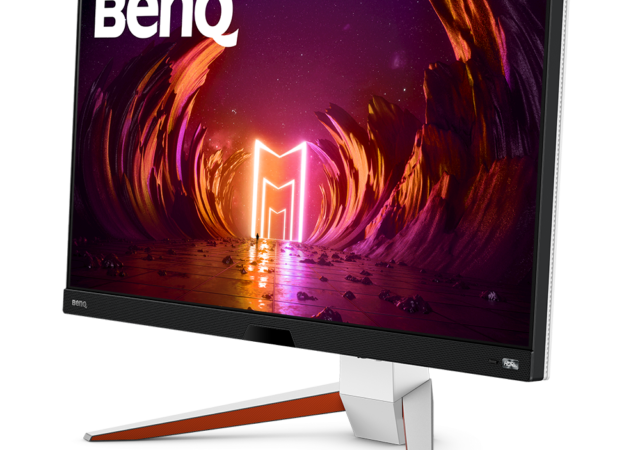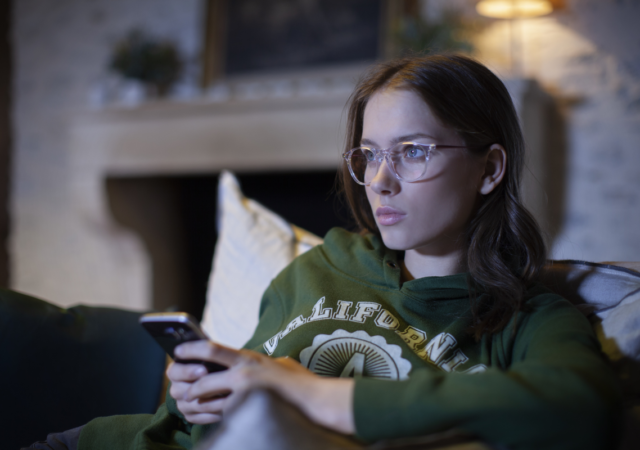BenQ launches a slew of monitors with HDRi and Brightness Intelliegence technology including two new MOBIUS 4k gaming monitors.
In Front of Your Screen for Long Hours? You May Be Suffering from Eye Fatigue & Strain
Screen time, eye fatigue and eye strain are phrases that are becoming increasingly common nowadays; more-so since the COVID-19 pandemic has forced many of us to work remotely. The increased screen time has cause many of us to feel the…




